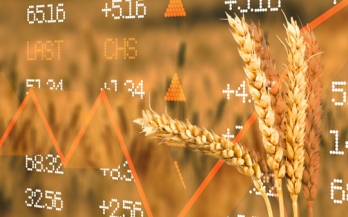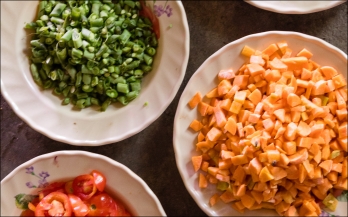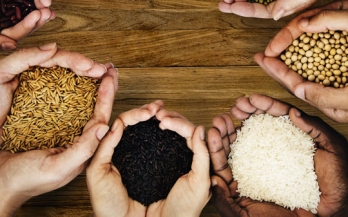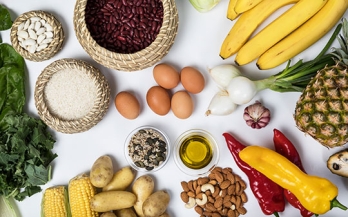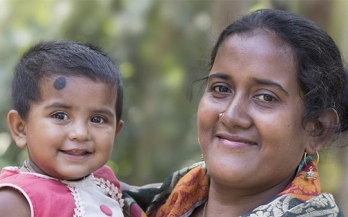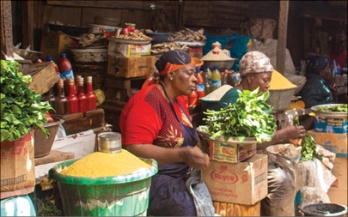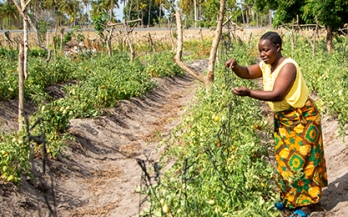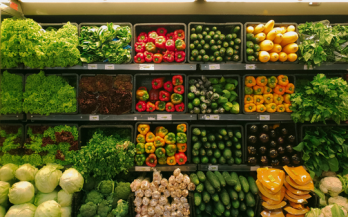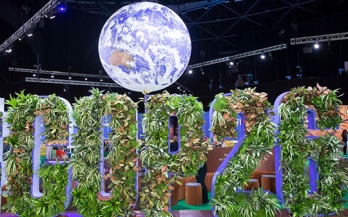In the follow up to the UN Food Systems Summit, national policymakers are building their food system transformation pathways to articulate their priorities and goals and how they will be achieved. This is genuinely exciting, and in our opinion is the most important legacy of the Summit process. But while minds have to be changed, so do means. Priorities have to be reflected in budget spreadsheets as well as in speeches if food system transformation is to happen.
This year's World Food Safety Day, we celebrate the World Health Assembly’s recent agreement to adopt the WHO Global Strategy for Food Safety.
The UN Food and Agriculture Organisation estimates there will be up to 13.1 million more chronically undernourished people in the next year due to the war, while the World Food Programme predicts that between 33-47 million people will face acute food insecurity.
Malnutrition comes in many forms. Hunger, stunting, and wasting can have severe consequences that are all too visible. A related form of malnutrition—deficiencies in essential vitamins and minerals—often goes unnoticed yet can wreak havoc on the immune system, hinder growth and development and, in extreme cases, lead to death. This “hidden hunger” is the result of poor diets lacking in essential micronutrients.
In this op-ed, the Global Alliance for Improved Nutrition Sadia Kaenzig, Head of Communications and Bhuvaneswari Balasubramanian, India Programme Lead, challenge the world’s leaders to end the silent scourge of female hunger and work towards a more equitable and inclusive food systems
This blog highlights findings related to gender from EatSafe's formative research. Women’s empowerment and gender equity are central to reducing the burden of foodborne illness and integral research, learning, and evaluation of food safety interventions.
The latest IPCC report marks a step change in recognising links between food and the climate crisis. Food systems, which are mentioned 350 times in the report, are already creaking under the pressure of multiple climate shocks, changing weather patterns, ecosystem collapse and degradation of land, soils and waterways.
2021 has marked a turning point for food safety in the global public discourse. The global COVID-19 pandemic has highlighted vulnerabilities in our food system, including the importance of food safety and its role in nutrition and health. We are starting to see the pressing need to establish capacity to support domestic food safety in low- and middle-income countries.
When we launched GAIN’s new Environment Strategy internally in March 2021, it quickly became clear that protecting the planet is a cause that carries huge significance for GAIN staff, for a whole host of different reasons. Some colleagues took inspiration from the natural beauty of the world around them, from the stunning savannahs of Tanzania and rolling highlands of Kenya through to the incredible diversity of India and the lakes and mountains of Geneva.
Invited by our partners at WWF, GAIN joined CARE, ICCCAD, Club of Rome & EAT to present the FoodForward consortium at COP26. This comes as part ofour collective commitment to continue working together, as former Action Track Chairs of the United Nations Food Systems Summit, to fix food systems within this decade.
